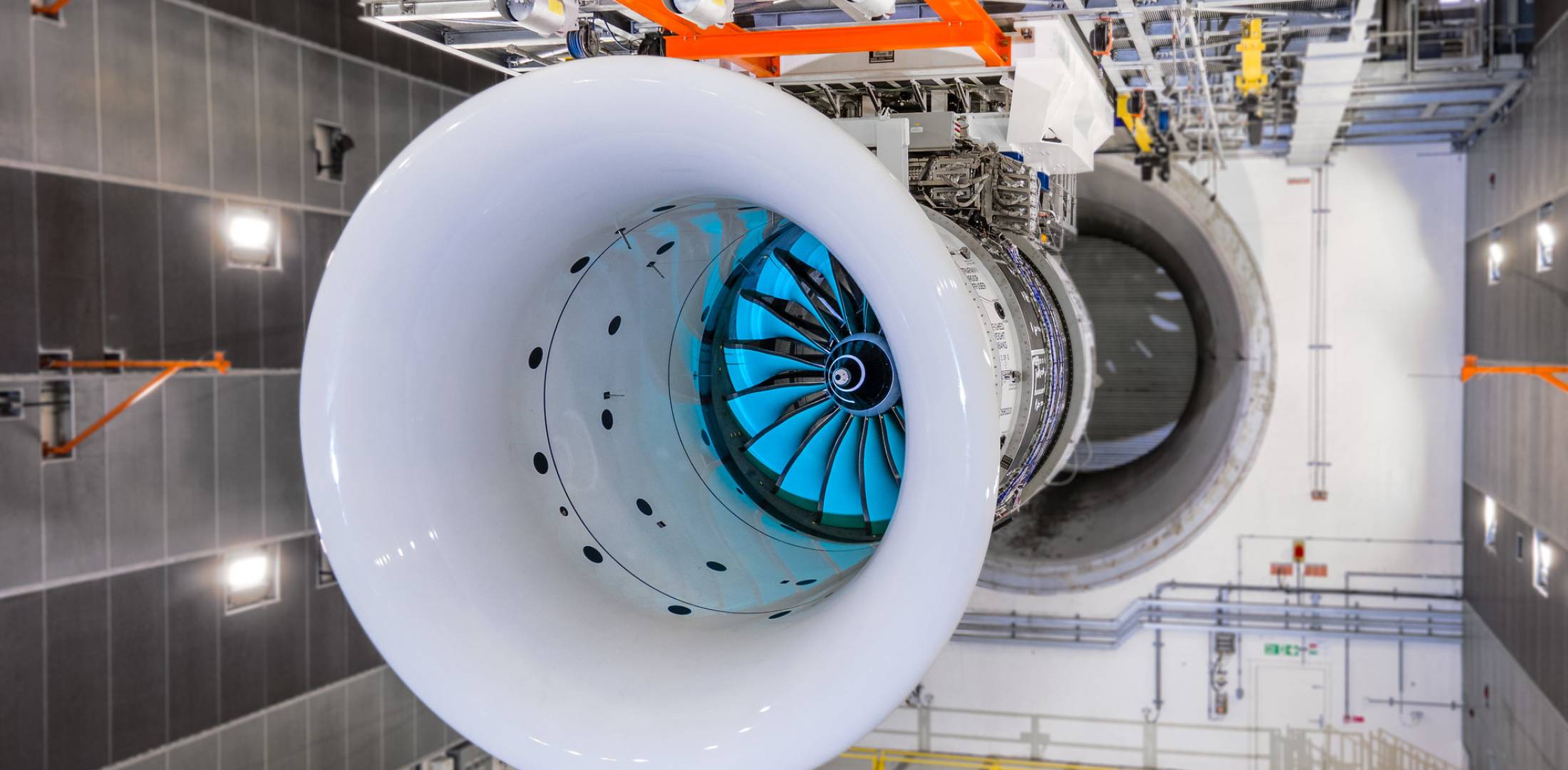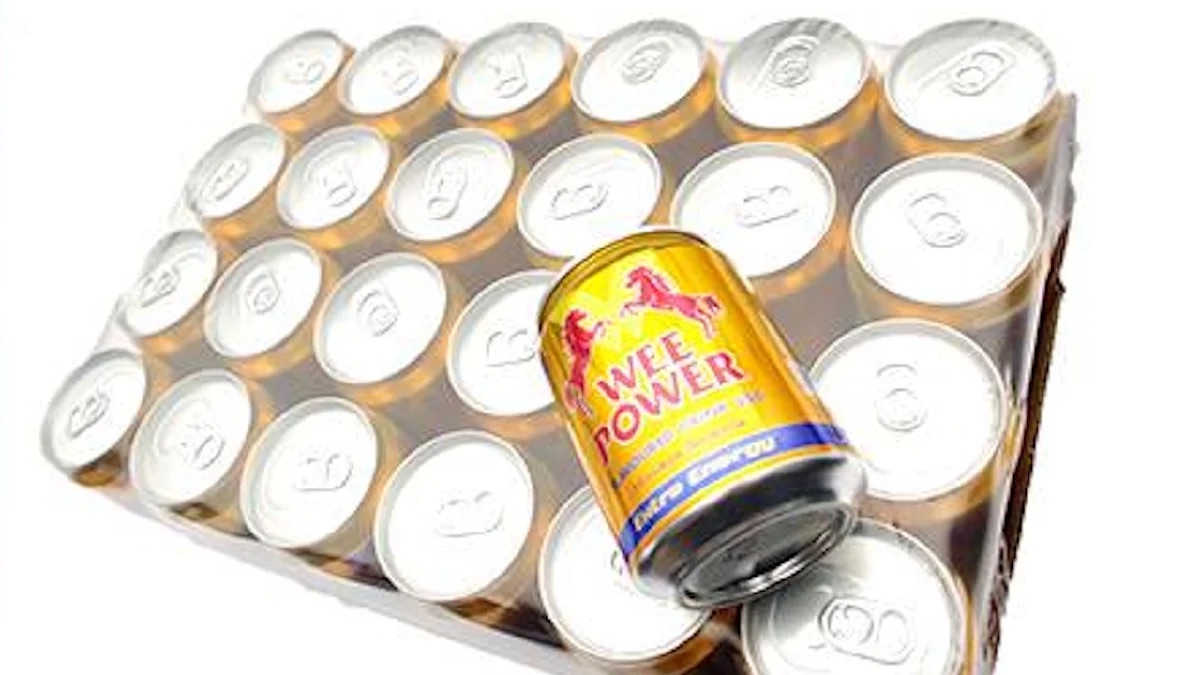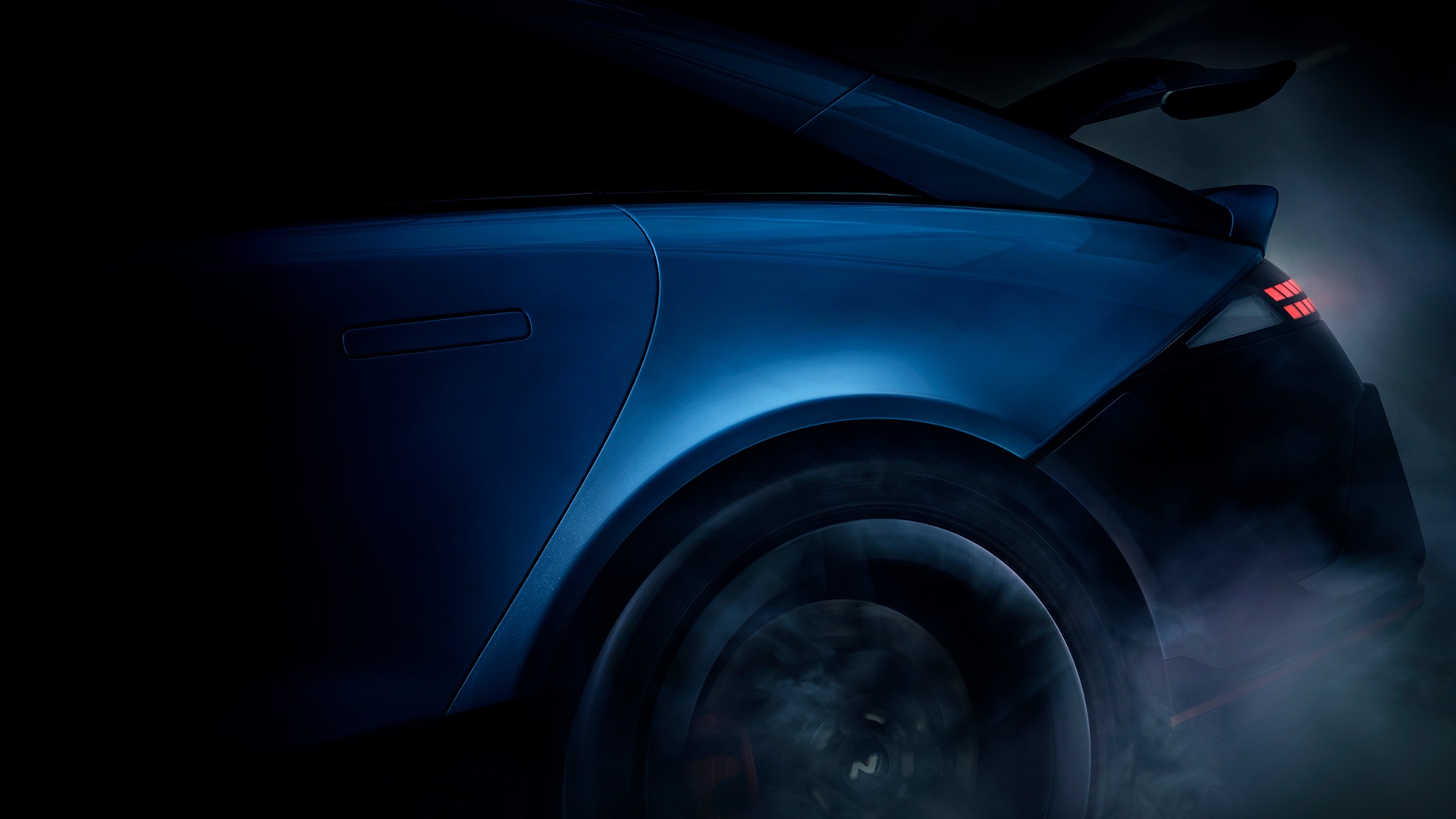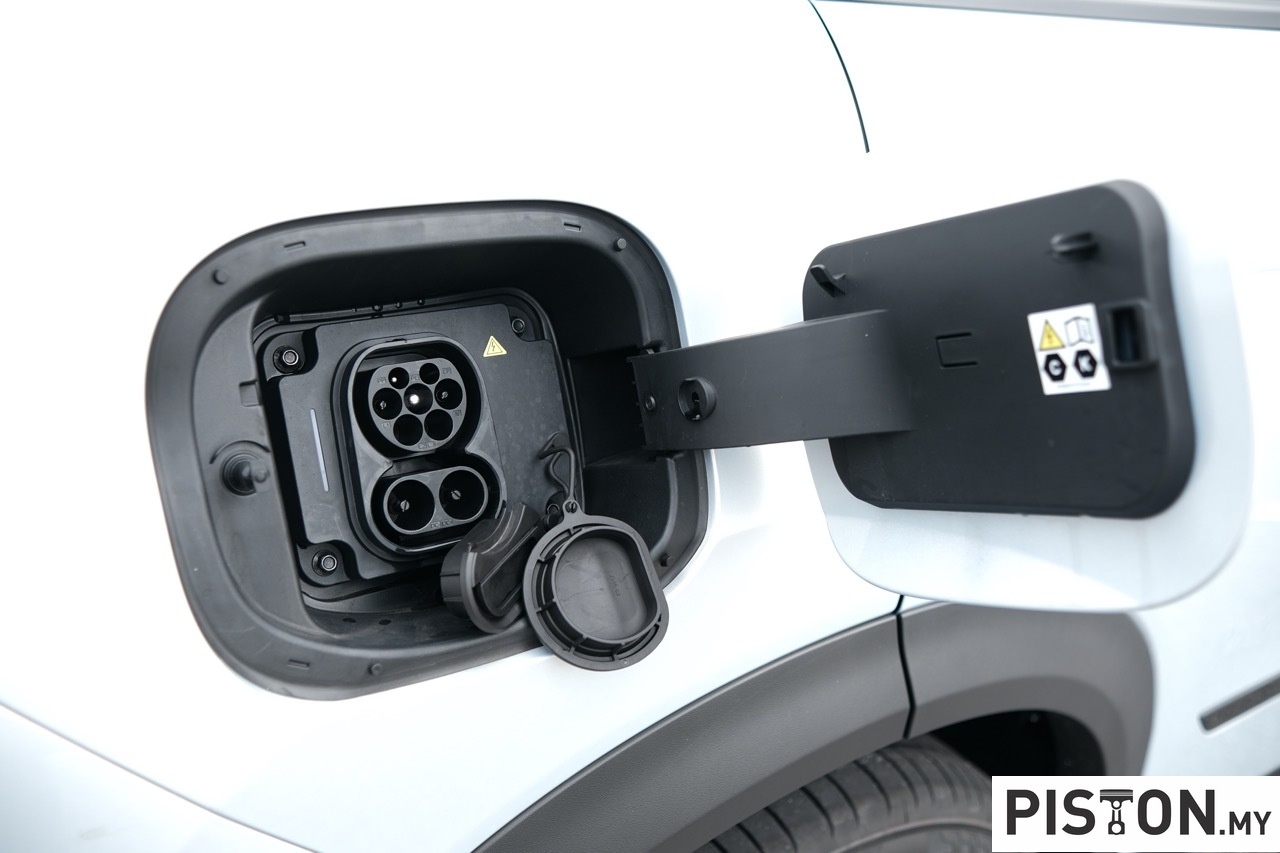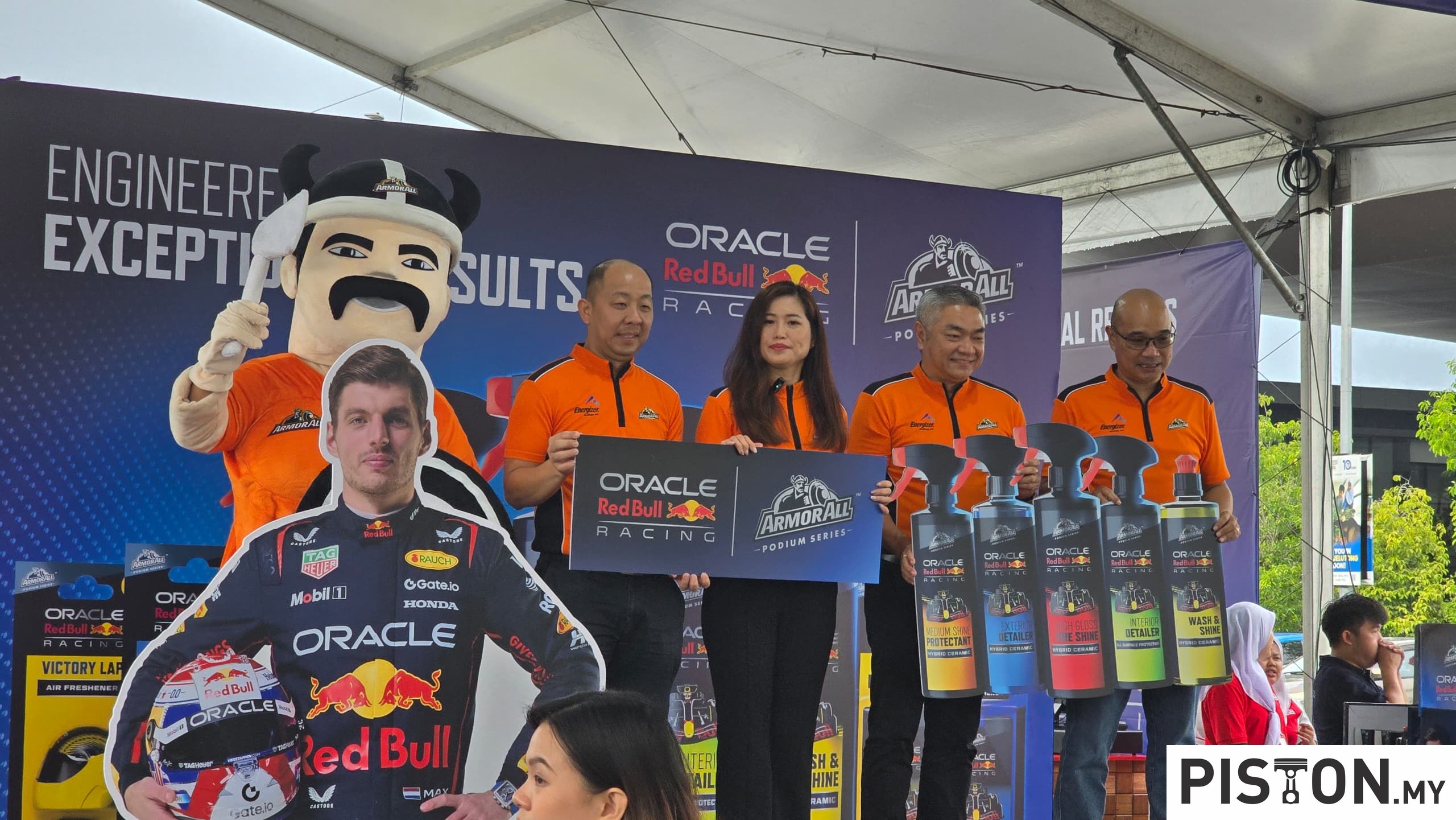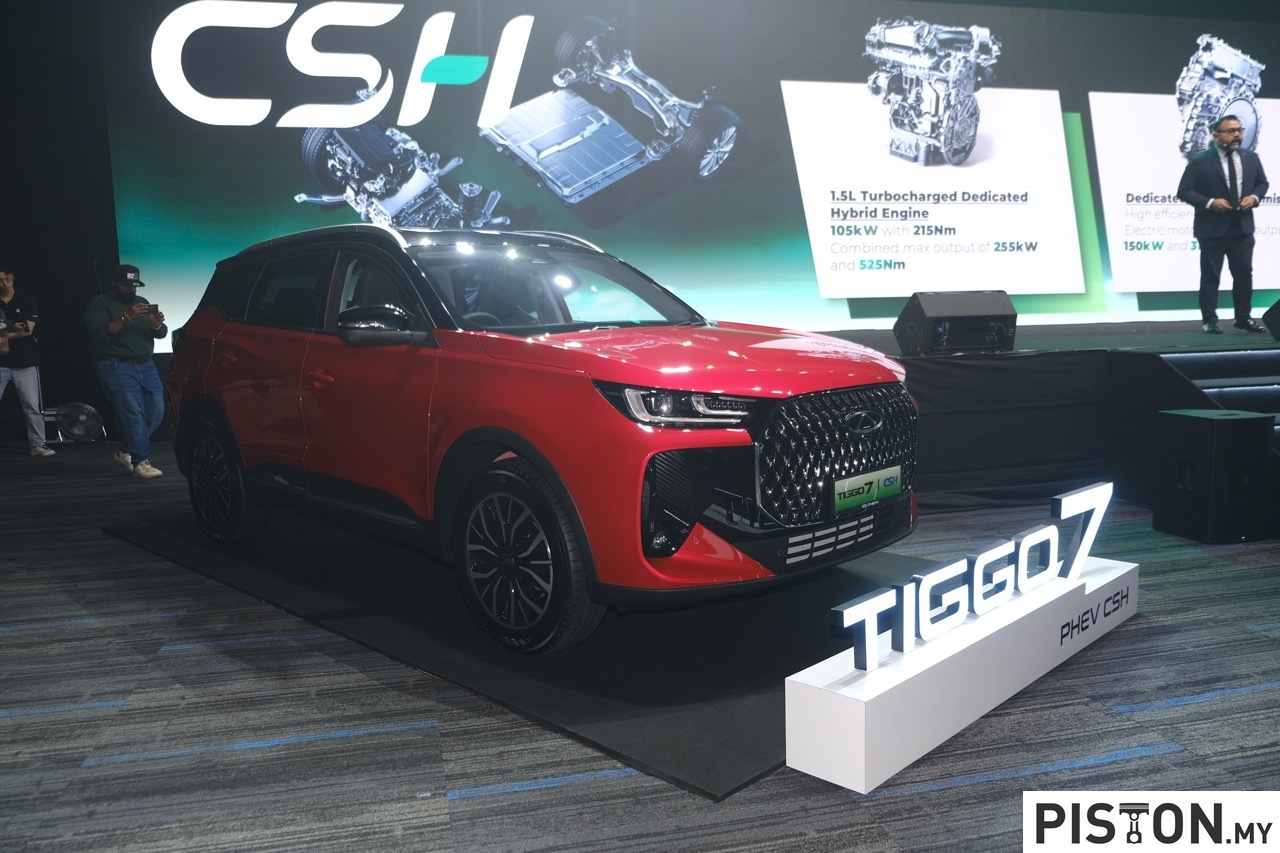The world’s largest geared turbofan, the UltraFan demonstrator, has been run for the first time by Rolls-Royce, beginning a long test programme that the engine manufacturer thinks will usher in a new era of more effective propulsion systems.
In 2014, the UltraFan concept was revealed to the public and features a gigantic geared design that is exclusive to Rolls-Royce and is not made by any rival company elsewhere in the world compared to other large engines from the company that are now in use. The test allows Rolls-Royce to demonstrate ghe feasibility of the engine at this scale while also providing a range of two-shaft, three-shaft, direct drive, and geared propulsion technologies to power future aircraft.
The UltraFan is the largest engine ever built for an aeroplane. However, this prototype wasn’t made to power a specific jet. But according to Rolls-Royce, there are ways to incorporate innovations from the UltraFan research programme into contemporary Trent engines. The scalable Ultra Fan technology with 11339 – 49895 kg thrust has the potential to power new narrowbody and widebody aircraft expected in the 2030s, according to the manufacturer.
At the level of the engine system, the demonstrator will be used to assess a wide range of cutting-edge features, including a high-power gear-driven architecture, lightweight, high-temperature materials, and a brand-new high-pressure core. The business also claims that the emphasis is on making the most of the lessons learned from testing the new engine, which, thanks to its Advance3-based core and power transmission, marks a significant departure from the conventional three-shaft designs that have been the defining feature of Rolls-Royce’s large engine configurations since the 1960s.

The company has, however, ventured into uncharted waters. The engine started, ran up to idle, and was then abruptly turned off again. “That’s mostly because the things that you take for granted—like the way you schedule the fuel, the control laws, all those things—all have to be evaluated at the start of the program. It feels slow, but we’ve deliberately not rushed it because it’s the first time, and it’s an extremely important asset. So we just want to make sure we get it right and have resisted pressure to get it done by a certain date,” said Alan Newby, director of aerospace technology and future programs at Rolls Royce.
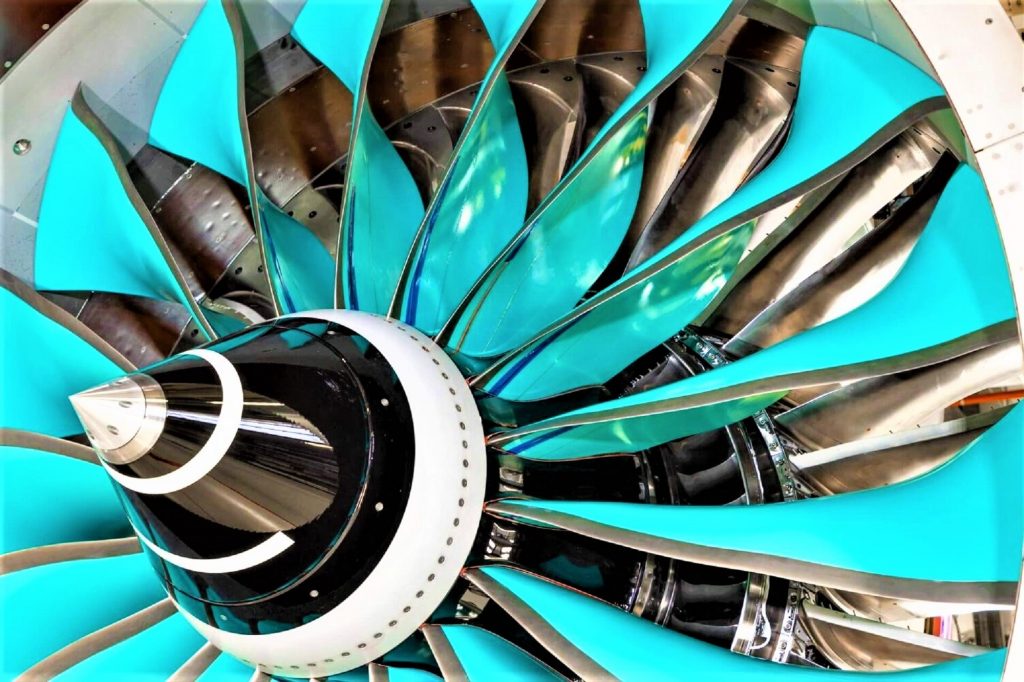
The test programme was conducted at TestBed 80, a specially constructed area at the company’s facilities in Derby that can accommodate the UltraFan. The firm spent £90 million (RM514.4 million) to construct TestBed 80.
Rolls had originally intended to operate four engines during the initial test programme, but delays and cost constraints have forced them to limit this to just one, with spare parts on hand to assemble a second one as needed.
Beyond the current test effort, a more in-depth study on the UltraFan architecture is being done as part of Europe’s Clean Aviation aeronautics research programme. With the help of hybrid-electric technology and direct hydrogen combustion, the Heaven (Hydrogen Engine Architecture Virtually Engineered Novelly) project, which is being led by Rolls-Royce, aims to advance the UltraFan.
Rolls-Royce’s UltraFan programme, according to Gary Elliott, CEO of the Aerospace Technology Institute, has substantially enhanced the fuel efficiency of aircraft engines. The technology created as part of the programme has significantly advanced knowledge on how to improve engine performance while minimising environmental effects.
Rolls-Royce also manufactures the Trent XWB-97 engines at TestBed 80. As part of the Project Sunrise programme, 12 Airbus A350-1000s operated by Qantas will be deployed on upcoming flights between Sydney and London and New York using 24 of these engines.







